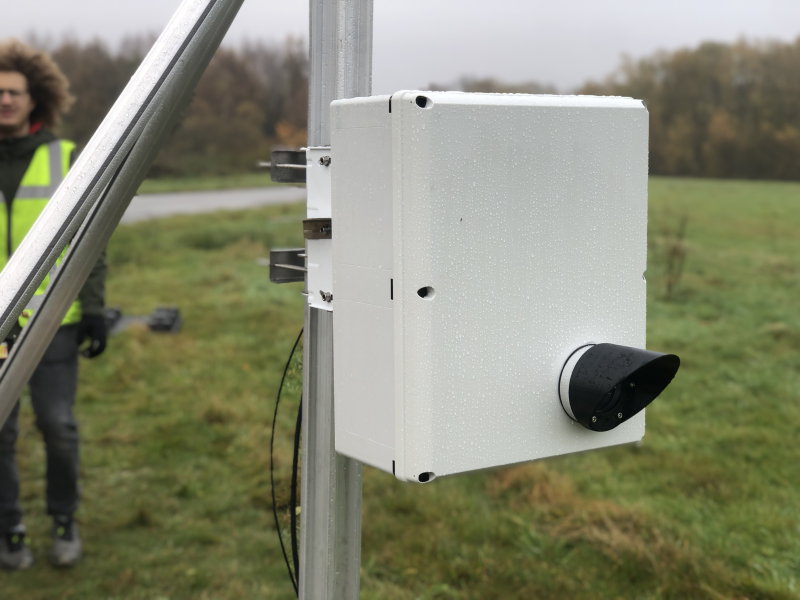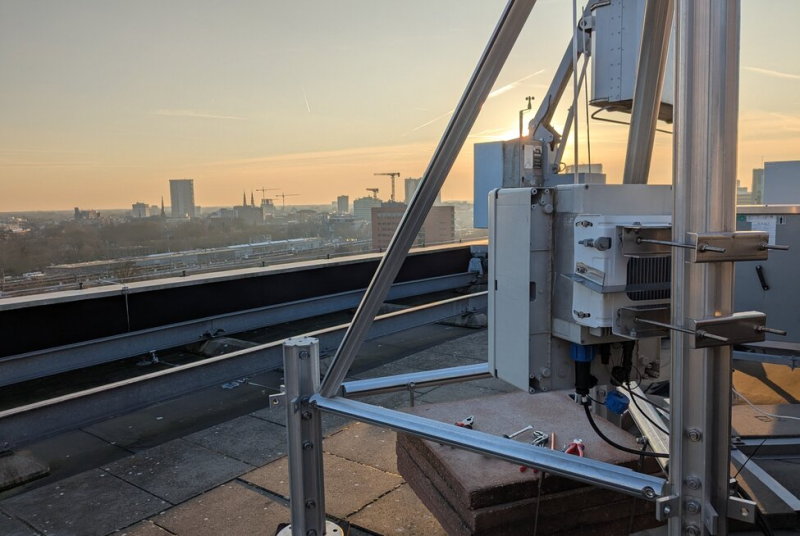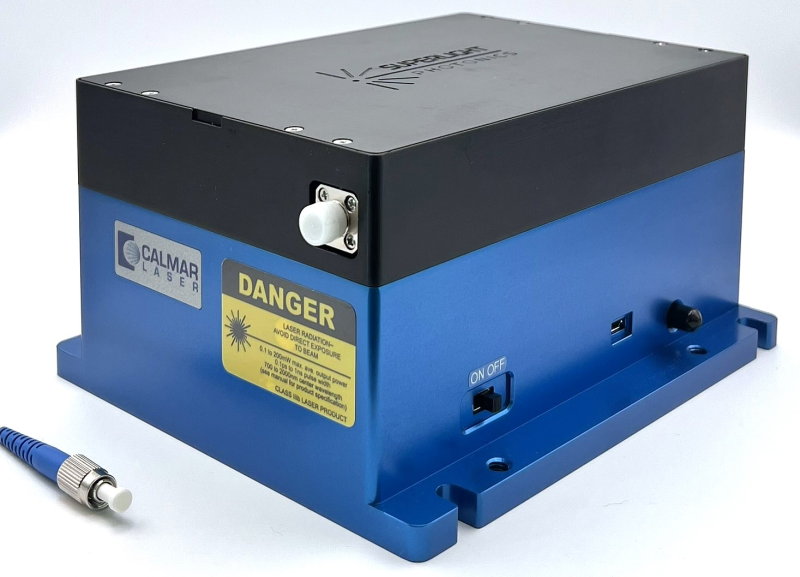Your cart is currently empty!

Aircision eyes second-gen free-space optics powered by integrated photonics
As the Eindhoven-based startup Aircision is readying a first wave of ‘fiber optics through the air,’ it’s eyeing integrated photonics to power a next generation of products.
Tucked into the corridors of the Netherlands’ high-tech capital, Eindhoven, Aircision has been quietly reshaping the landscape of wireless communications. Founded in 2019, the startup is leveraging free-space optics (FSO) to bring high-speed internet connectivity to regions underserved by traditional fiber. Now, the company has set its sights on integrated photonics to power the next generation of more compact and powerful communication systems.
Portugal’s Luis Oliveira, co-founder and director of Aircision, arrived in the Netherlands with a background in corporate finance and an itch for entrepreneurship. That led him to High Tech XL in Eindhoven, an accelerator turned venture builder with ties to ASML, Philips and many local organizations. After a few years of working for High Tech XL, Oliveira took the entrepreneurial plunge when FSO technology developed at TNO was deemed ready for a commercial journey.
Aircision’s primary mission is to bring fiber-like speeds to places where laying fiber-optic cables is costly or impractical. The company’s FSO system uses laser beams to wirelessly transmit data across kilometers, delivering high-throughput performance over long distances. In partnership with Eindhoven University of Technology, Aircision recently set a world record by transmitting 5.7 terabits per second over a 5-kilometer link. The added security of an FSO link – ‘tapping’ into the beam without being detected is extremely difficult, if not impossible – is an additional selling point.
The ability to quickly set up high-speed secure optical connections has piqued the interest of the Dutch Ministry of Defense, for which Aircision and partners of the Wireless Optical Alliance are currently developing an end-to-end optical wireless system (see inset). This partnership not only funds development at Aircision but also provides a stepping stone for civilian applications, which Oliveira expects to start launching by the end of next year.
Deployment
Looking further ahead, Oliveira sees a clear path to keep improving FSO technology: “We want to reduce the size and cost of these systems dramatically. That’s where integrated photonics comes in.” Integrating optical components on a chip has the potential to make FSO systems much more compact, while also reducing cost.

Google’s recent unveiling of a photonic chip for optical wireless communications underscores the need to migrate to integrated photonics. Aircision, employing a lean but slowly expanding team of seven, has initiated talks with photonics partners across Europe and beyond, exploring ways to adapt coherent transceivers and other integrated photonic technologies for the demands of FSO. “Basically, we want to leverage everything that integrated photonics has accomplished for fiber optics to free-space optics,” says Oliveira.
The Dutch Photondelta ecosystem offers an ideal ecosystem for this leap, Oliveira notes. With design houses, product companies and research organizations around the corner, there are plenty of opportunities for collaboration and rapid prototyping. “The expertise is here, the infrastructure is here and most importantly, the people are here.”
And so the future of free-space optics may depend not just on reaching the next terabit milestone but on doing so with systems small and affordable enough for widespread deployment. Integrated photonics, Oliveira believes, is the key to unlocking that future.
This article was written in close collaboration with Photondelta. Top image: experimental FSO setup to transmit a record 5.7 terabits per second over a 5-kilometer link. Credit: Eindhoven University of Technology


